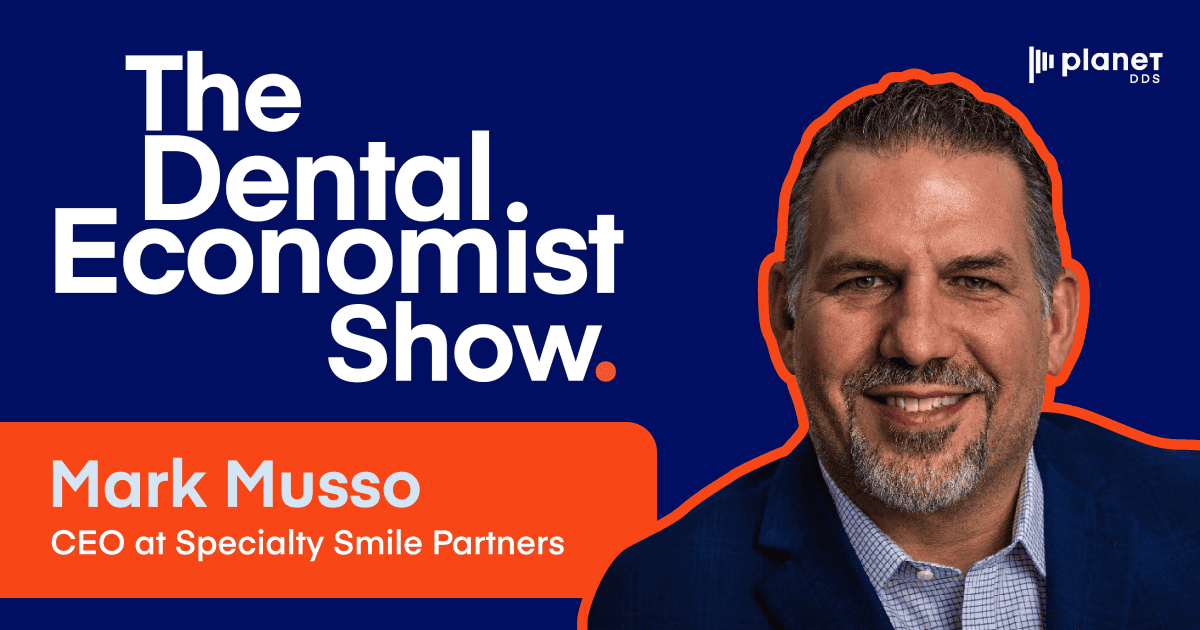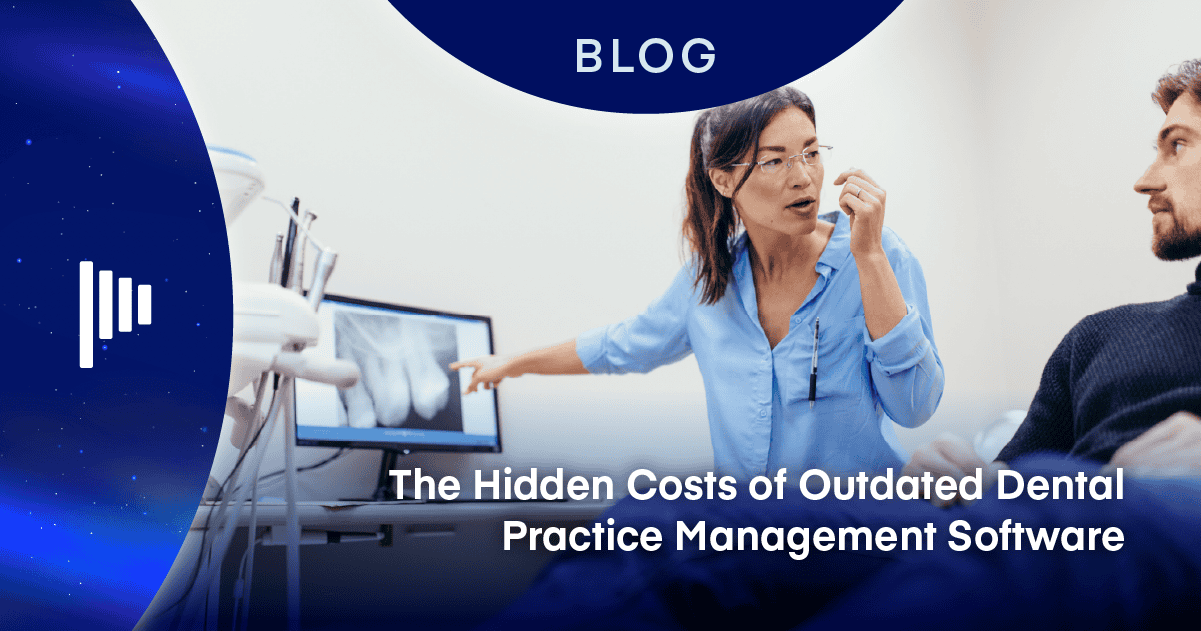What is Driving the Accelerated DSO Growth in 2023?

The COVID-19 pandemic’s impact on the dental industry was undeniable. Within this context, Dental Service Organizations (DSOs) are continuing to experience a notable surge in growth.
Key Driver: DSO Support vs. Independent Practice
A core reason for DSO expansion lies in the support they offer. In comparison, the prospect of rebuilding independent dental practices or starting private ventures seems less attractive due to the comprehensive support DSOs provide.
DSOs: Catalysts of Expansion
DSOs provide practical support, mentorship, and operational guidance. This appeals to practitioners, propelling DSO growth. As dentistry evolves in the pandemic’s wake, DSOs offer a path not only to recovery but also to a reshaped industry landscape.
Curious for more? Join us in upcoming chapters as we delve into DSO intricacies and their pivotal role in dentistry’s future.
What do DSOs support?
A fundamental aspect of Dental Service Organizations (DSOs) is their structured operational support. Their primary objective is to alleviate the burden of administrative tasks that typically weigh on dental practices.
The Foundation of Growth: Simplifying Dental Practice Management
While this description may seem straightforward, it’s intrinsically tied to the consistent growth trend observed within DSOs.
Running a dental practice often spreads dentists thin, with the core focus on patient care acting as a lifeline to success.
DSOs shoulder the responsibilities of the business facets in dentistry:
- Human Resources (HR)
- Payroll
- Marketing
- Insurance provider relationships
- Facility maintenance, equipment, and technology updates
- Scheduling and patient communication support
These domains encapsulate much of what potentially keeps dentists up at night.
This transition is often catalyzed by experiencing the comprehensive support DSOs offer. Those who’ve undergone this shift frequently become enthusiastic advocates for DSOs, playing a pivotal role in driving both their own practice’s transformation and the broader growth of DSOs.
In essence, DSOs empower dentists to channel their energies into patient care, while the intricate machinery of practice management is deftly handled by seasoned professionals. This collaborative dynamic emerges as a cornerstone of DSO success, spurring the paradigm shift in modern dentistry.
Factors influencing DSO growth
Patient-Centric Protocols: A Response to the Pandemic
The pandemic underscored the importance of stringent safety measures, shedding light on the energy demanded by expanded and upgraded Personal Protective Equipment (PPE) usage.
While these measures bolstered patient and dental team safety, they also exposed the strain on private and solo practices. The substantial effort, coupled with associated costs, pushed these practices to their limits.
As patients cautiously return to dental care, the emotionally and financially stressed practices see a glimmer of hope in the prospect of affiliating with a DSO.
Practice Resilience Amid Vulnerabilities
Challenges have a way of revealing an entity’s true strength, offering either a gateway to new opportunities or solidifying the need for a strategic exit.
Once more, the pandemic spotlighted vulnerabilities inherent within dental practices:
- Lockdowns triggered staff furloughs.
- Rising patient and provider anxiety towards dental care emerged.
- Supply chain disruptions drove up costs.
- Delays in insurance reimbursements added financial stress.
- Staff recruitment faced setbacks due to return-to-work apprehensions and compensation concerns.
DSOs operate with a broader resource spectrum. While not impervious to vulnerabilities, they possess the capacity to help struggling dental practices or offer new dentists a seemingly more secure career trajectory. This is where their appeal lies.
In an ever-evolving landscape, the allure of DSOs persists as a remedy to navigate challenges and set a more assured course for both practices and practitioners alike.
Start-up relief (including debt)
New dentists face a mountain of dental education debt from day one. That, along with high start-up debt, makes a DSO more appealing to new and early career dentists.
“In 2005, just under half of dentists under 35 owned a practice. That number shrank to 30.7% by 2019. But practice ownership has seen a decline in every age group, collectively dropping from 84.7% in 2005 to 76.1% in 2019.” [1]
Alongside debt, a new dentist can quickly experience other challenges.
- Inexperience with practice management
- Changes in the healthcare and insurance environments
- A saturated dental market in certain locales
And those ongoing challenges new (and veteran) dentists face can include:
- Overhead costs
- Technology upgrade expenses
- Supply costs
- HR and admin tensions
Many DSOs include a sign-on benefit that delivers debt relief. And most of the related operational overhead is more easily absorbed by the financial stability of a DSO.
Navigating the Dental Business Landscape
In the realm of dentistry, a perpetual balance exists between patient care and practice management – two pillars that underpin the success of any practice.
It’s an undisputed truth that your dedication to patients fuels your daily commitment. The caliber of your support team further dictates the extent of the responsibilities you manage. Here’s where DSOs step in. With or without an established team, they assume this role adeptly. Their reservoir of resources runs deep, ensuring your focus remains on patient care.
But there’s more to DSOs than meets the eye. They possess a network within the industry, extending to legal, governmental, financial, and real estate realms. This collective power facilitates DSO growth, enhancing your standards of care. DSOs emerge as a viable avenue to preserve your devotion to patients while alleviating the burdens of practice management.
Discover more DSO growth factors and benefits by exploring these related resources:
The Ongoing Growth and Evolution of the Top DSOs in the U.S.
What is a DSO in Dental? (And Do You Fit the Demographic?)
DSOs will continue to manage their growth and improve how patient care is provided
Cloud-based dental practice management solutions like Denticon are supporting the robust network requirements of top DSOs in the U.S. – including the following:
Lane & Associates
- Provides family dentistry in 30+ locations throughout North Carolina – including Raleigh, Durham, Cary, and surrounding areas.
Mid-Atlantic Dental Partners
Lone Peak Dental Group
- Over 50 dental practices/offices and dental brands in Washington, Idaho, Colorado
Cloud-based systems help DSOs securely and seamlessly manage their patient care across their entire organization – regardless of size.
- Cost effective technology and data management
- Easy implementation for routine team and dental practice functions
- Secure updates and scalable usage for organizational growth
Planet DDS’s Denticon is the proven cloud-based dental practice management software in today’s market among solo private practices, private group practices and top DSOs in the U.S.
Get an inside look at how Denticon works.
Contact us for more information about how Denticon can streamline your systems and operational tasks as a DSO.
[1] American Dental Association Health Policy Institute. Dentists’ Practice Ownership Is Declining. Available at: https://www. ada.org/



